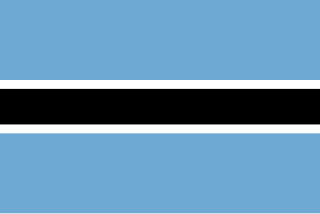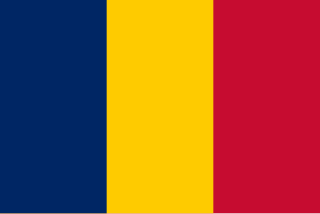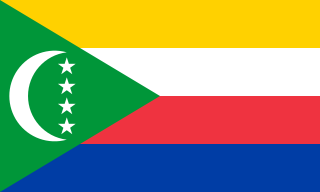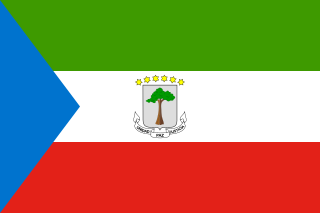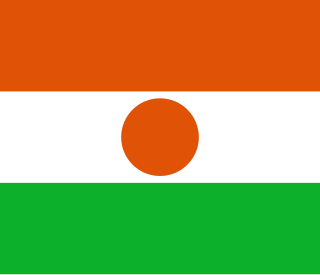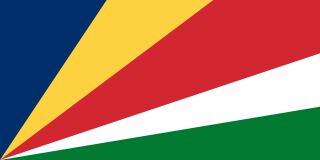It has been requested that the title of this article be changed to Outline of eSwatini . Please see the relevant discussion on the discussion page. Do not move the page until the discussion has reached consensus for the change and is closed. |
Contents
- General reference
- Geography of Swaziland
- Environment of Swaziland
- Regions of Swaziland
- Demography of Swaziland
- Government and politics of Swaziland
- Branches of the government of Swaziland
- Foreign relations of Swaziland
- Law and order in Swaziland
- Military of Swaziland
- Local government in Swaziland
- History of Swaziland
- Culture of Swaziland
- Art in Swaziland
- Sports in Swaziland
- Economy and infrastructure of Swaziland
- Education in Swaziland
- See also
- References
- External links


The following outline is provided as an overview of and topical guide to Swaziland:
An outline, also called a hierarchical outline, is a list arranged to show hierarchical relationships and is a type of tree structure. An outline is used to present the main points or topics (terms) of a given subject. Each item in an outline may be divided into additional sub-items. If an organizational level in an outline is to be sub-divided, it shall have at least two subcategories, as advised by major style manuals in current use. An outline may be used as a drafting tool of a document, or as a summary of the content of a document or of the knowledge in an entire field. It is not to be confused with the general context of the term "outline", which a summary or overview of a subject, presented verbally or written in prose. The outlines described in this article are lists, and come in several varieties.
Swaziland (officially the Kingdom of Eswatini) – small, landlocked, sovereign country located in Southern Africa, bordered by South Africa on three sides except to the east, where it borders Mozambique. [1] The country, inhabited primarily by Bantu-speaking Swazi people, is named after the 19th-century king Mswati II, from whom the people also take their name.

A landlocked state or landlocked country is a sovereign state entirely enclosed by land, or whose only coastlines lie on closed seas. There are currently 49 such countries, including five partially recognised states.

Southern Africa is the southernmost region of the African continent, variably defined by geography or geopolitics, and including several countries. The term southern Africa or Southern Africa, generally includes Angola, Botswana, Eswatini, Lesotho, Malawi, Mozambique, Namibia, South Africa, Zambia, and Zimbabwe, though Angola may be included in Central Africa and Malawi, Mozambique, Zambia and Zimbabwe in East Africa. From a political perspective the region is said to be unipolar with South Africa as a first regional power.

South Africa, officially the Republic of South Africa (RSA), is the southernmost country in Africa. It is bounded to the south by 2,798 kilometres (1,739 mi) of coastline of Southern Africa stretching along the South Atlantic and Indian Oceans; to the north by the neighbouring countries of Namibia, Botswana, and Zimbabwe; and to the east and northeast by Mozambique and Eswatini (Swaziland); and it surrounds the enclaved country of Lesotho. South Africa is the largest country in Southern Africa and the 25th-largest country in the world by land area and, with over 57 million people, is the world's 24th-most populous nation. It is the southernmost country on the mainland of the Old World or the Eastern Hemisphere. About 80 percent of South Africans are of Sub-Saharan African ancestry, divided among a variety of ethnic groups speaking different African languages, nine of which have official status. The remaining population consists of Africa's largest communities of European (White), Asian (Indian), and multiracial (Coloured) ancestry.












